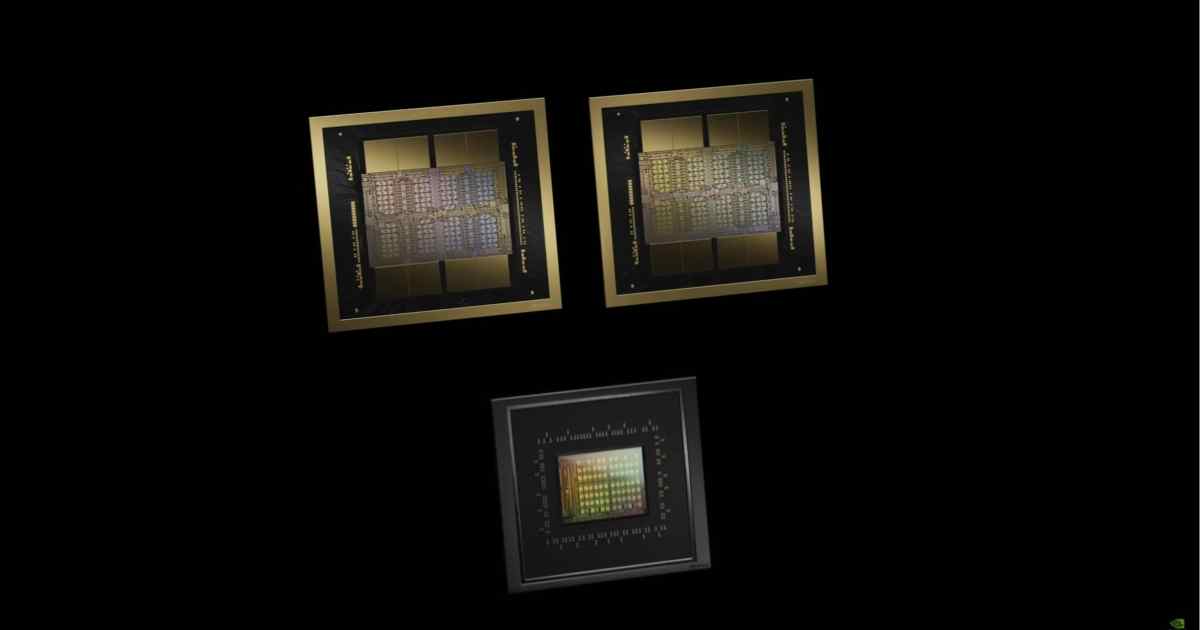The newly released M4 MacBook Air is generating buzz, not just for its Sky Blue hue, but also for some intriguing performance quirks. Early adopters are discovering unusual CPU behavior, particularly when using Adobe Lightroom Classic. YouTuber Vadim Yuryev observed a surprising trend: the M4 seems to rely heavily on its efficiency cores for photo editing, leaving the performance cores largely untouched.
This contrasts sharply with the M3 MacBook Air, which utilizes both performance and efficiency cores more evenly during similar tasks. Yuryev’s comparison highlights the M3 engaging all four performance and all four efficiency cores, suggesting a more balanced workload distribution. The M4’s preference for efficiency cores raises questions about performance optimization and potential benefits.
This shift, as reported by Wccftech, has sparked speculation. While the exact reason remains unclear, potential advantages include extended battery life and reduced operating temperatures. By maximizing the use of energy-efficient cores for CPU-intensive tasks like photo editing, the M4 could offer significant improvements in power management.
However, Yuryev’s observations don’t reveal the actual performance impact of this behavior. While it appears Lightroom Classic functions adequately, the efficiency of this approach remains to be thoroughly tested. Further investigation is needed to determine whether this core utilization strategy affects processing speed or overall user experience.
Another possibility, albeit less likely, is a software bug. The presence of performance cores suggests they are intended for demanding tasks. Their underutilization in this scenario raises concerns about potential inefficiencies or unintended behavior.
As tech enthusiasts and reviewers continue to explore the M4 MacBook Air’s capabilities, more information will undoubtedly emerge. Further testing will reveal whether this efficiency core prioritization is a deliberate optimization strategy or an unforeseen anomaly. The tech community eagerly awaits clarification on this intriguing performance puzzle.











